IMPROVE MY GAME
Articles
5 Techniques to Improve Grip Strength
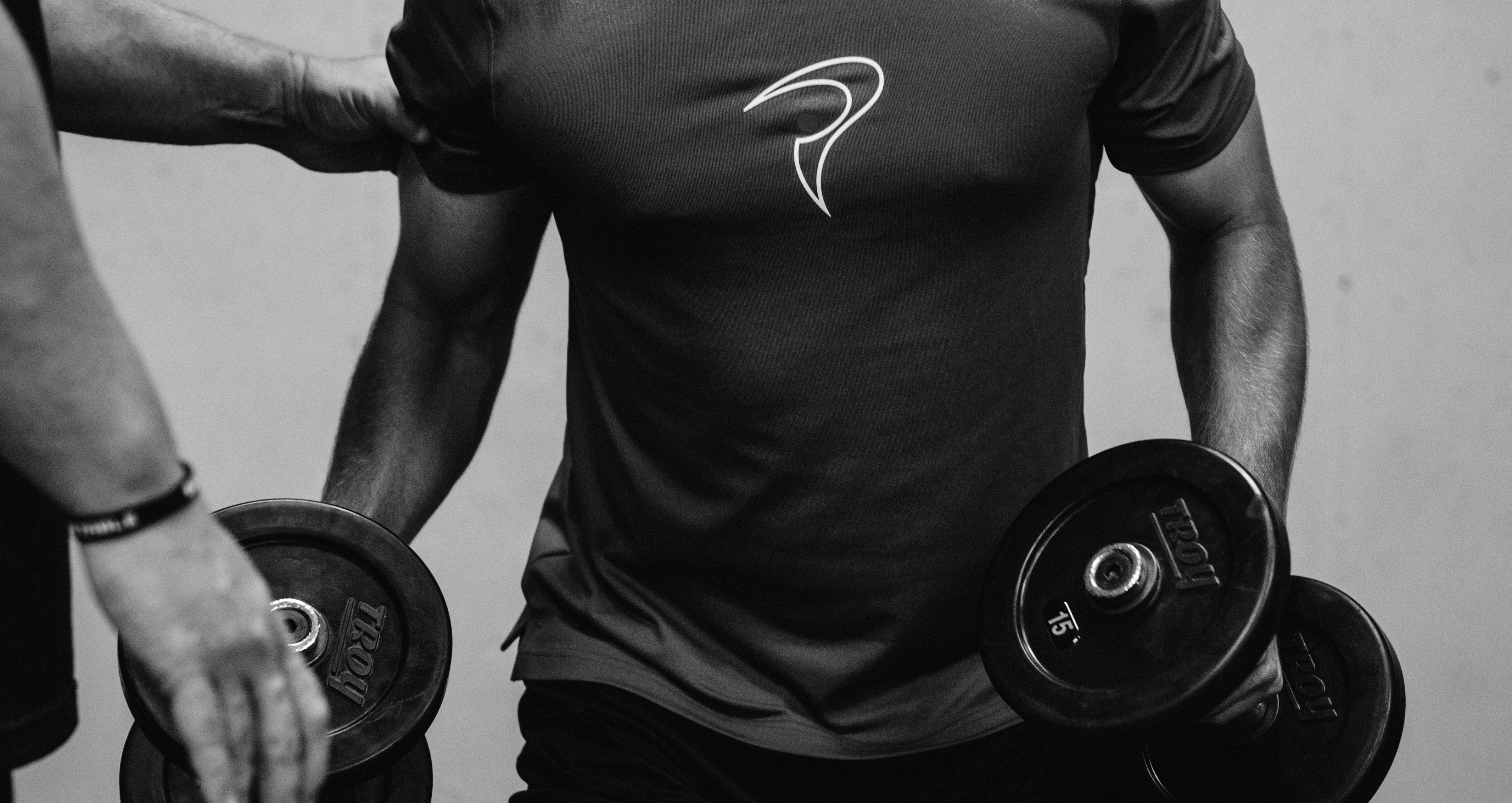
The hands are you only contact point to the club so it seems obvious that they are a key area in the golfers body. However, in my experience grip strength and function is often ignored completely by golfers, or if trained, trained with ineffective methods.
Why grip strength?
Several research studies have identified greater grip strength and endurance as correlating to greater golfing proficiency. Studies also demonstrate grip strength has a strong correlation to swing speed. Further, reduced grip strength has been shown to lead to failure in executing skills and motor patterns. Anecdotally I would say that this is because a golfer with less grip strength is forced to grip harder relative to their maximal grip pressure in order to keep hold of the club, therefore limiting the fine motor skill proprioception, (a.k.a feel and touch) needed on the golf course.
Ultimately, greater grip strength allows you to handle the enormous forces transferred through hands and wrist during golf swing, this means less chance of injury, more speed reaching the clubhead and better clubface control, particularly out of heavy rough and tight lies.
The benefits of grip strength don’t stop there either, (most importantly from my biased point of view as a strength coach!) the stronger we can build an athlete’s grip, the higher their strength and power potential will be. There has been a lot of research showing the correlation between a person’s grip strength and their full body strength capacity.
Finally, grip strength is a powerful predictor of disability, morbidity and mortality so if you plan to be on the golf course for a long time to come it’s something worth improving!
How to train the grip
Traditional isolation exercises people often think of as grip work, wrist curls for example, aren’t all that effective. What really gets your grip strong is doing compound movements with significant load where the implement is held in such a way your grip is the limiting factor.
With more programming and movement variations geared towards improving grip strength in coordination with peak tension and stability throughout the pillar (shoulders, hips and core functioning together), we not only ensure greater carryover to athletic performance but also that building strength is not only adding poundage to the bar, but is maintaining proper biomechanics, and movement function. This is because making grip the limiting factor limits load, which would otherwise be moved with heavy compensation patterns and loss of positional authority at the spine, pelvis, shoulders and hips.
“For the golfers purposes training should provide the opportunity to strengthen movement patterns, improve injury resilience and enhance central nervous system function”
1Deadlift with a double overhand grip
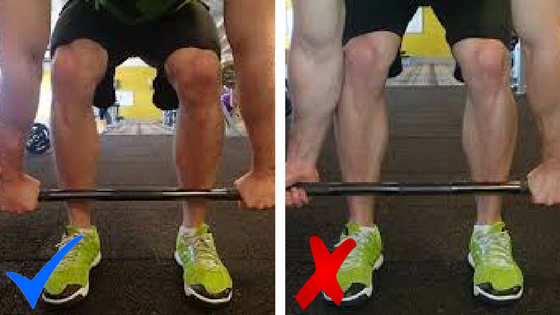
Note: At certain points in time, depending on your goals and injury history it maybe worthwhile to deadlift with a mixed grip, this is fine, but be sure to alternate your grip around each set.
2 Thick grips
Below is Rafa Cabrera Bello hitting some thick grip RDL’s (he’s MacGyvered a thick grip by wrapping a towel around a standard barbell) to improve his grip strength. This variation provides all the same benefits as the double overhand deadlift just amped up thanks to the larger circumference of the bar.
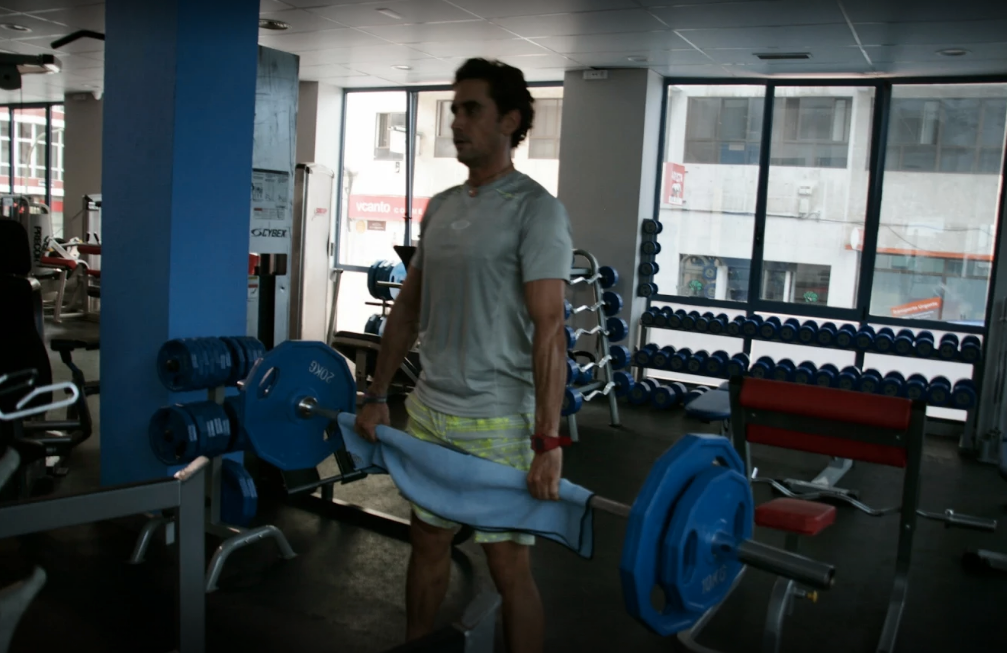
You can also use fat gripz that attach easily to any barbell or dumbbell therefore allowing you to do a greater variety of movements.
3 Kettlebell bottoms-up presses
Turning the kettlebell upside down and pressing whilst keeping the bell straight up requires grip strength a plenty, as well as scapular stability and huge amounts of co-contraction between the forearm, shoulder, upper back musculature and core. In fact, those with elbow or shoulder pain when pressing will often find this pain free as it turns on secondary stabilizer muscles so much.
4Towel grip rows and pull-ups
Whilst the grip is taxed phenomenally these variations also place a huge emphasis on shoulder and scapular stability thanks to the unstable/ flexible nature of the towel.
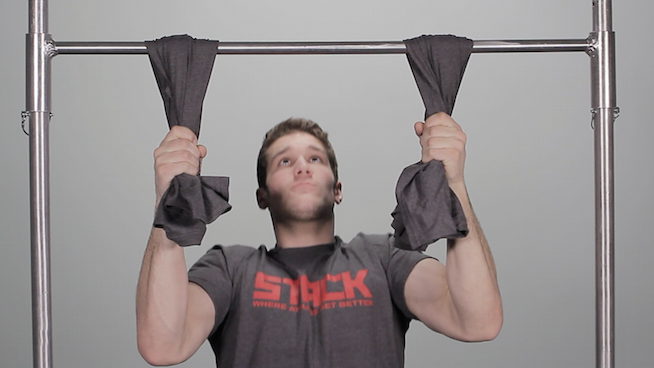
5Heavy a$$ carries
Time under tension and heavy loading are two of the most effective ways to build strength in the forearms. Therefore there really is no better way to train grip strength than to pick up something heavy and take it for a walk.
Programming tip:
These exercise variations are great in-season and for recovery days as the forearms have a high capacity for volume and recover quickly. So whilst grip will be the limiting factor on these exercises, this allows you to strengthen a movement pattern without overly taxing the CNS or more proximal muscular systems.
Bonus exercises:
The muscles of the flexor mechanism in the hand and forearm create grip strength and as such it is theses that we train for greater grip strength and that are worked in gripping anything, including the golf club. The extensors of the forearm are responsible for stabilizing the wrist but are often overlooked in training and underused in daily life.
Anyone versed in the teachings of TPI or Grey Cook will know that anytime you have a lack of stability or a muscular imbalance you are putting yourself at an increased injury risk. This is particularly pertinent to the many golfers how suffer from elbow pains such as tendonitis, tennis or golfers elbow.
The flexor muscles do a great deal of work and as such become shortened, overly tonic (sort of in a permanent state of contraction) and pretty gnarly. Stretching and SMR techniques with a lacrosse ball can prove useful in addressing these issues.
We also want to create stability and attempt to redress some of the imbalance by strengthening the forearm extensors, this can be done with any kind of hand opening exercise.
Golf is a pretty grip intensive game and golfers have for a long while been trying to prepare themselves for those demands. However the methods employed are typically way off the mark.
By programming general movement patterns in such a way as to develop grip strength we ensure enhanced stability throughout the body, increased injury resilience and improved carryover to athletic performance.
References:
- Kras J., Abendroth-Smith J. (2001) The relationship between selected fitness variables and golf scores. International Sports Journal 5, 33-37
- Torres-Ronda, L., Sánchez-Medina, L., & González-Badillo, J. J. (2011). Muscle Strength And Golf Performance: A Critical Review. Journal of Sports Science & Medicine, 10(1), 9–18.
- Yoon S. (1998) The relationship between muscle power and swing speed in low-handicapped golfers. Masters’ thesis. Brigham Young University, Provo, UT
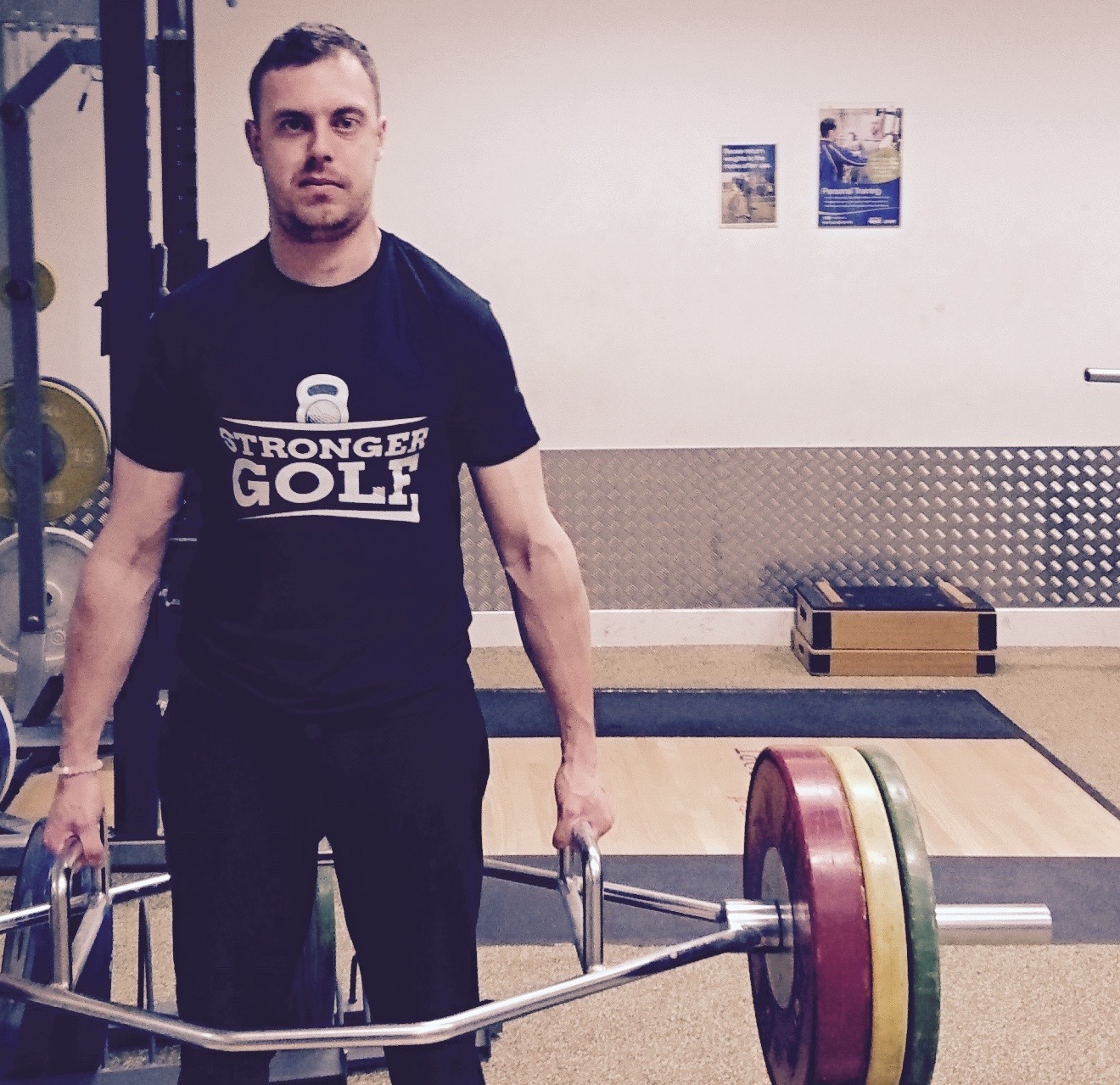
Nick Buchan is a TPI certified golf fitness professional and strength coach. Through his company Stronger Golf he delivers a proven, evidence based approach to create a new breed of stronger, faster, move athletic golfers. Golfers who are more coachable, achieve higher levels of skill mastery, play injury free, and for longer as a result of improved physical fitness. You can find out more about online coaching and other services by visiting the website www.strongergolf.co.uk or by emailing nick@strongergolf.co.uk.
